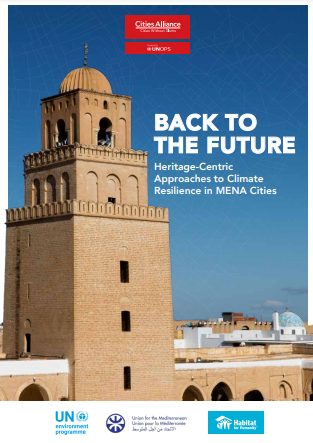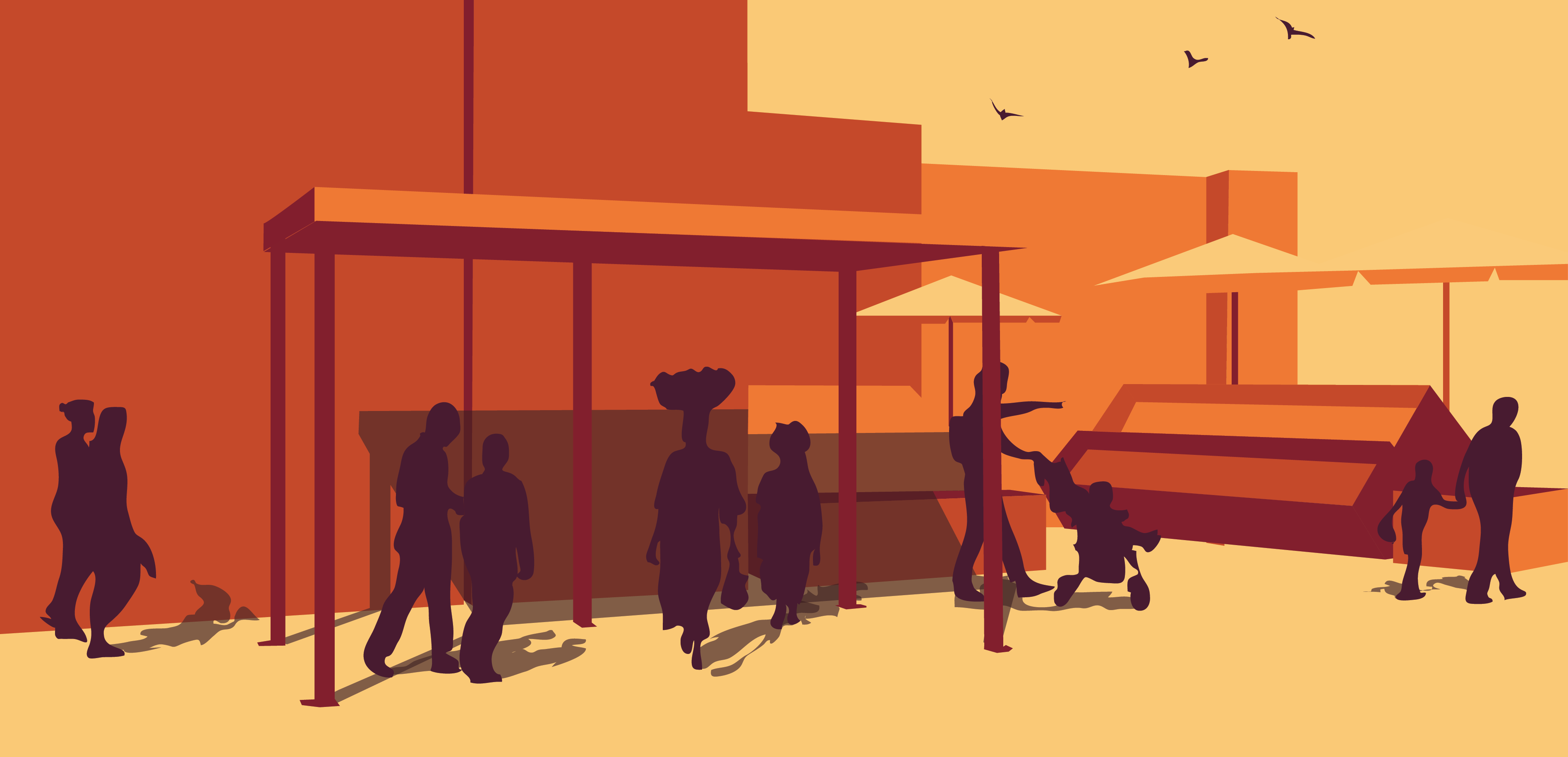
Affected by soaring temperature, water stress and rising extreme events, the MENA region is particularly vulnerable to climate change. With about 70 per cent of the regional population living in urban centres and hosting the majority of regional refugees, the effects of these extreme and worsening climate conditions translate into dangerous stressors and a lack of access to basic urban services, posing significant social challenges.
Today, there is a pressing need for easily replicable and cost-effective climate resilient solutions, affordable and accessible to all urban dwellers, and first and foremost to the urban poor.
The MENA region has a wealth of traditional wisdom and practices for vernacular architecture, water management or heat regulation techniques, and urban design principles that sustained MENA communities and cities for centuries. In cities like Tunis and Cairo, the compact layouts of historic medinas and souks foster social cohesion while minimising heat islands, optimising shade, and enhancing air circulation.
In the villages of Menjez in Lebanon and the M’zab Valley in Algeria, traditional buildings are maintained over generations to preserve water management systems essential for irrigation and flood prevention. These designs and practices, with locally sourced materials and inherited savoir-faire, offer invaluable lessons for today’s climate challenges.
Yet, urban development approaches of recent decades have overlooked the wealth of indigenous knowledge and existing heritage-based solutions in MENA cities in favour of more modern approaches. As cities increasingly bear the brunt of climate-induced stresses, there is an imperative to rediscover, document, and integrate indigenous wisdom into contemporary urban climate adaptation programmes and strategies.
(Re)Discover more of these techniques in this policy brief, developed in partnership with UNEP, Union for the Mediterranean and Habitat for Humanity. By reimagining historical architecture and urban practices, this brief highlights the potential for adaptation in the MENA region to build climate-resilient cities.





